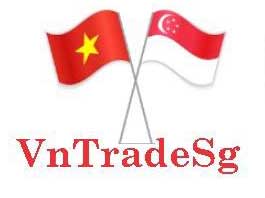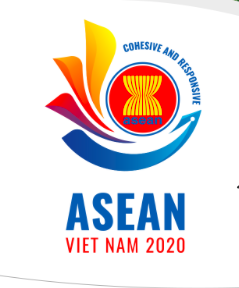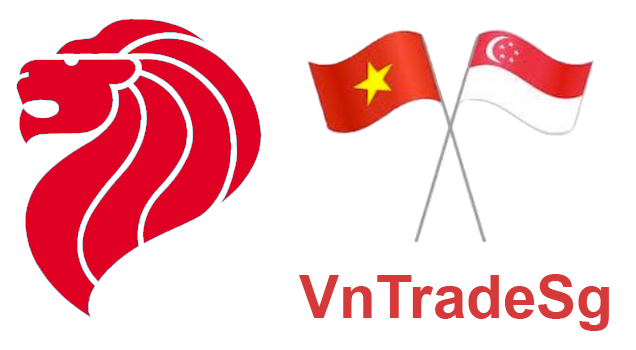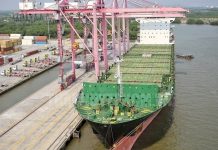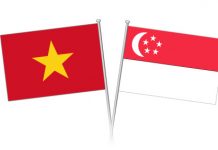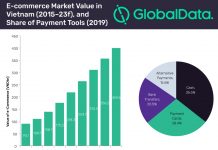The implementation of priorities and initiatives proposed by Viet Nam as Chair of ASEAN 2020 to the ASEAN Economic Community (AEC) was reviewed at the 19th AEC Council Meeting held virtually on November 10.
Seven out of the 13 priorities have been completed while the implementation of the remainders is continuing, the meeting heard.
The AEC Council has been realising the AEC Blueprint 2025 with the aim of turning ASEAN into a highly integrated and cohesive economy; a competitive, innovative, and dynamic ASEAN; an enhanced connectivity and sectoral cooperation; a resilient, inclusive, people-oriented, and people-centred ASEAN; and a global ASEAN.
The delegates also looked at a preliminary report on the mid-term review of the implementation of the blueprint.
According to the report, which is one of the 13 priorities proposed by Viet Nam in an effort to better the implementation of the blueprint, as of the second quarter of this year, ASEAN had completed up to 84 percent of the set measures.
The participating ministers approved 12 recommendations so as to help ASEAN reach the targets set for the remaining period (2021-2025) amidst the rapid, unforeseeable regional and international situation.
2020 is a special year for ASEAN as the COVID-19 pandemic has triggered difficulties in production, trade and investment in the region. Therefore, the ministers mulled over economic proposals and initiatives to maintain the supply chains and recover the economy, approved by ASEAN and its partners – China, Japan and the Republic of Korea (RoK).
Vietnamese Minister of Industry and Trade Tran Tuan Anh, who chaired the meeting, said ASEAN has become a dynamic and significant player in the world economy, becoming the fifth largest economy globally with a combined GDP of 3 trillion USD.
All the accomplishments have brought in improved livelihoods for people across the region, the minister said.
However, he pointed out a rapidly changing world with unpredictable challenges, and a declined trend in both trade and cross-border investment, requiring ASEAN to identify new strategies to advance AEC cooperation, especially in supporting production capacity, strengthening intra-region trade and investment, sustaining the value chain and bridging the development gap among member states so as to keep moving towards the goal of winning a single market and production base with high-level of economic development, and fully integrate into the global economy.
ASEAN has continued to show commitments to regional economic integration under the AEC Blueprint 2025, Anh stressed.
On this occasion, the ministers signed a memorandum of understanding (MoU) on the implementation of non-tariff measures on essential goods, aiming to carry out the Hanoi Plan of Action on enhancing economic cooperation within ASEAN and connecting supply chains amidst the COVID-19 pandemic.
The meeting also approved a report of the AEC Council to be submitted to the 37th ASEAN Summit slated for November 12-15.
Luong Hoang Thai, Director of the Department of Multilateral Trade Policy under the Vietnamese Ministry of Industry and Trade, told the press on the sidelines of the meeting that one of the issues facing ASEAN is non-tariff barriers within the bloc, especially in the context of COVID-19 causing difficulties for businesses.
The MoU will help to deal with problems in the short term while setting forth a new framework for the bloc to handle issues businesses would meet during the process of regional integration.
According to Thai, the ministers had agreed to initially add over 150 production lines in the MoU like pharmaceutical products and medical supplies, which will be extended in the time ahead, including food./.
https://www.asean2020.vn/xem-chi-tiet1/-/asset_publisher/ynfWm23dDfpd/content/implementation-of-viet-nam-s-initiatives-to-asean-economic-community-reviewed
